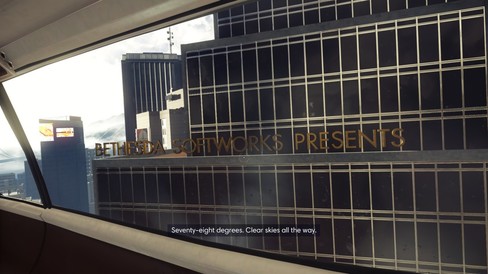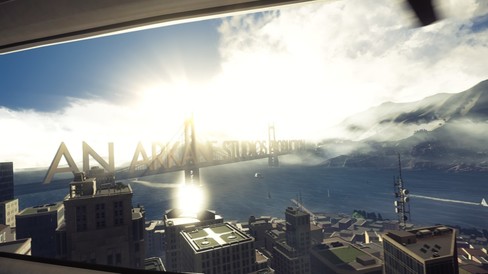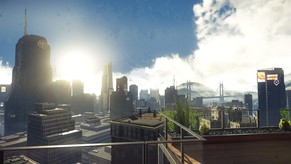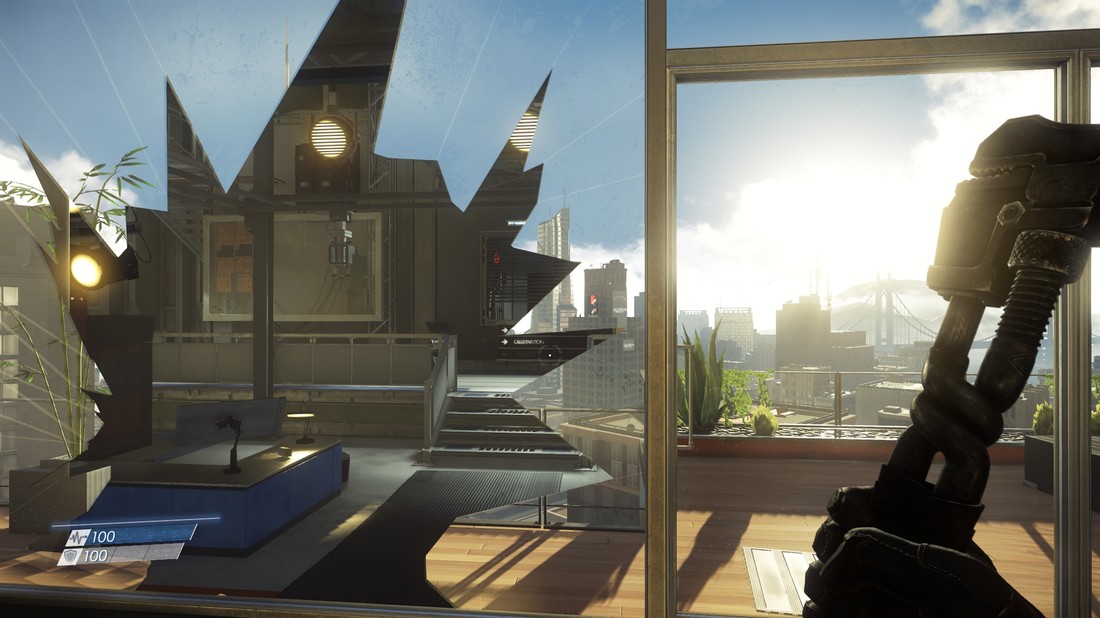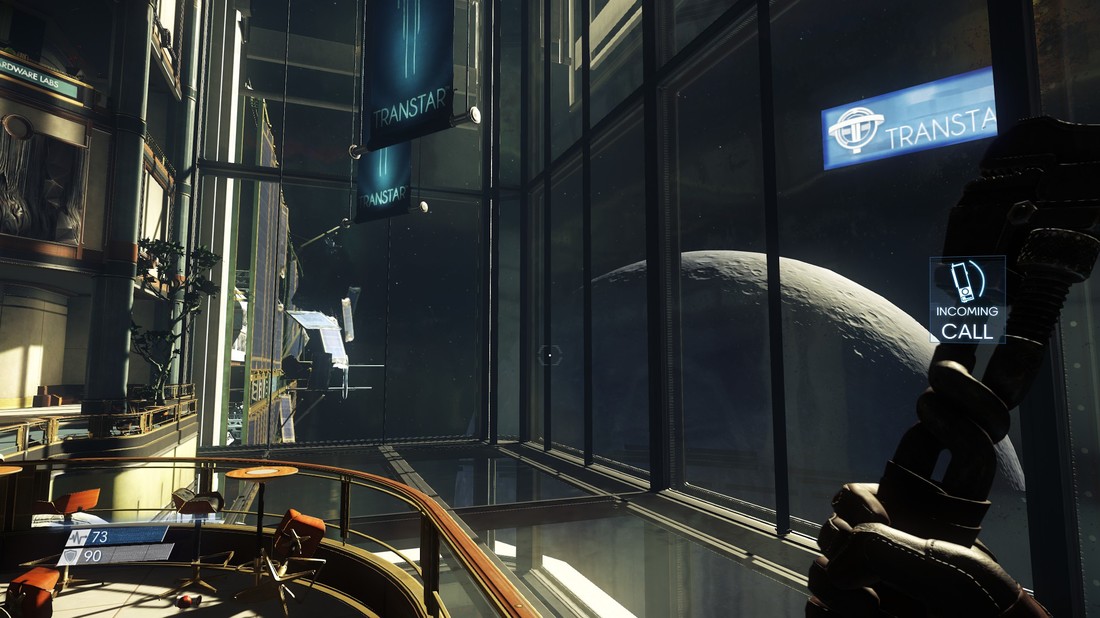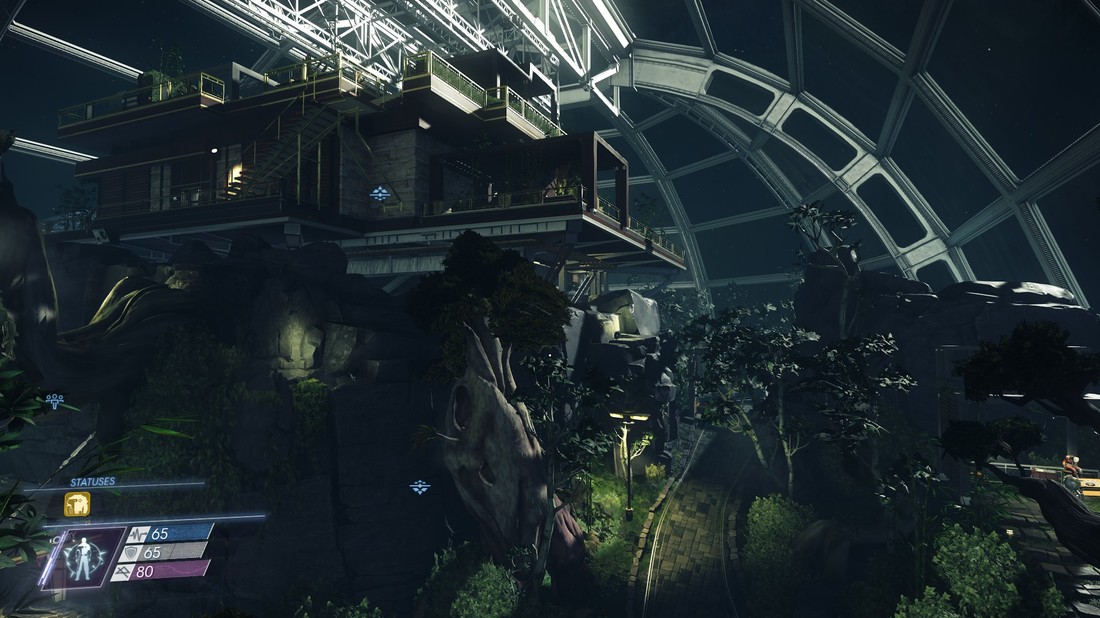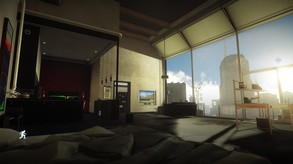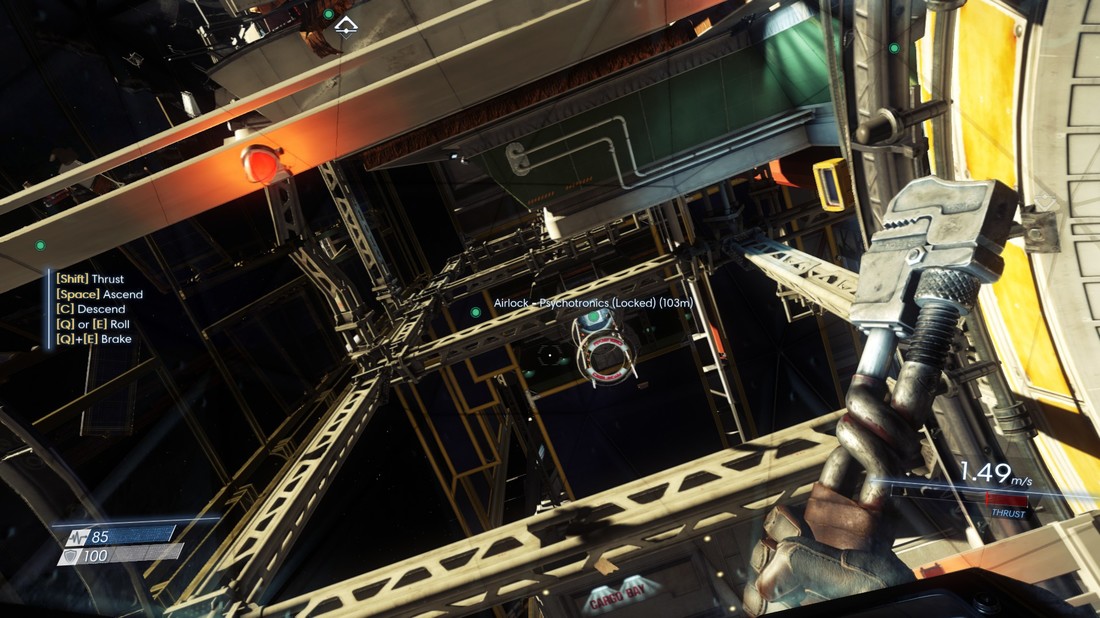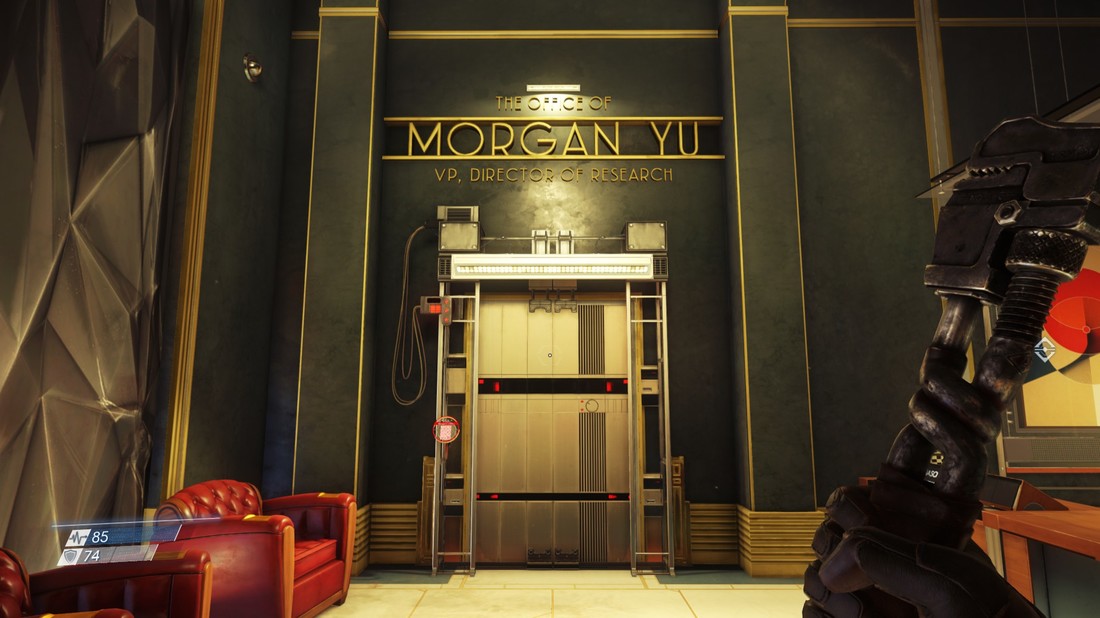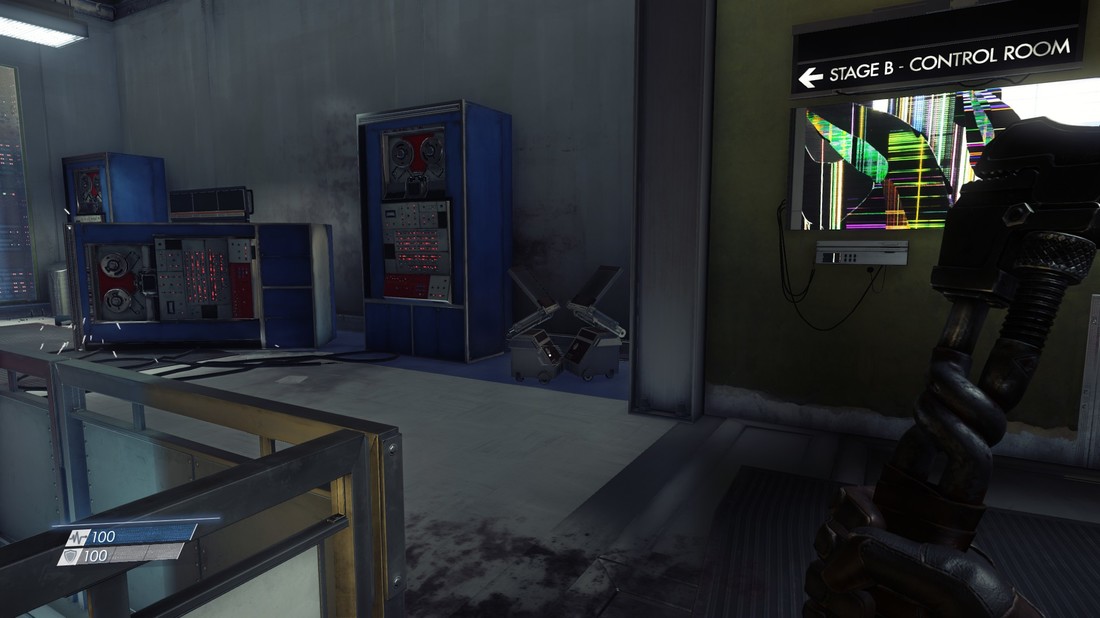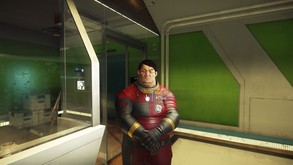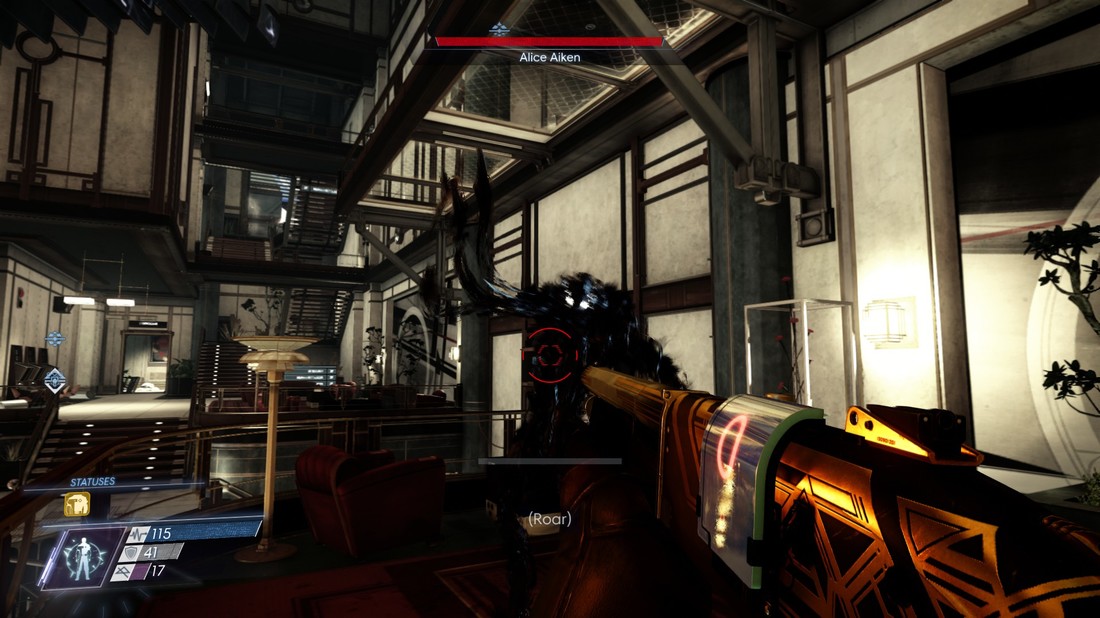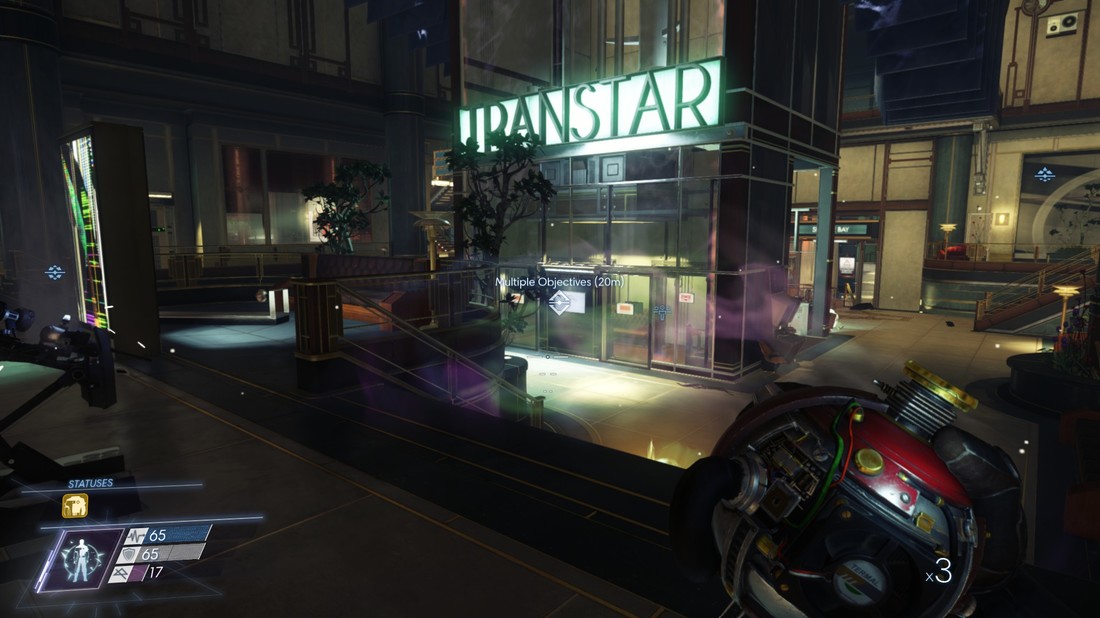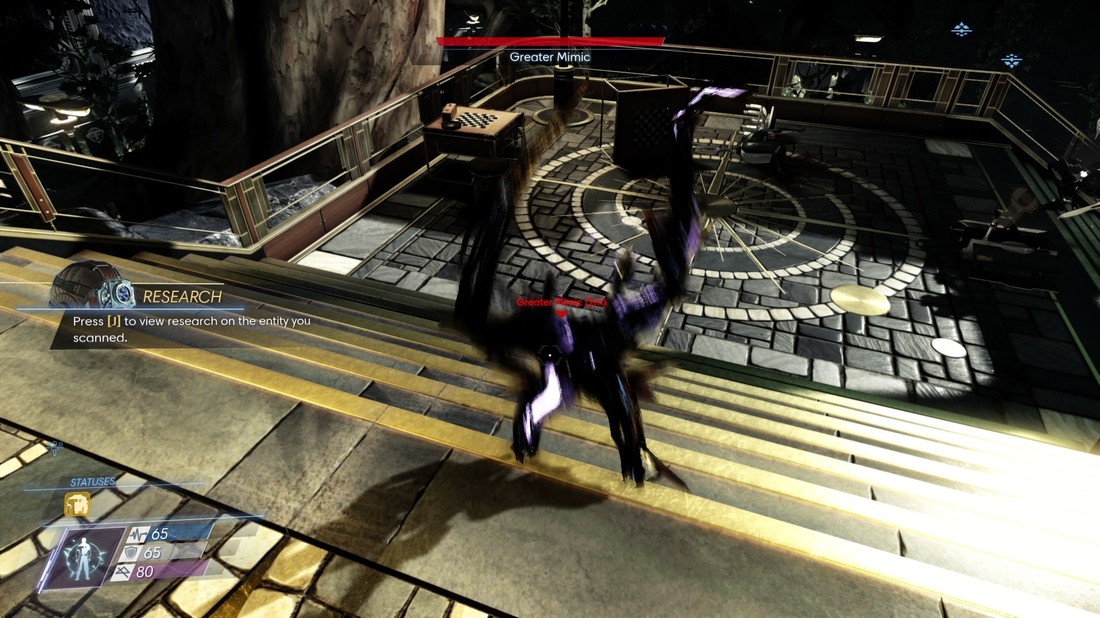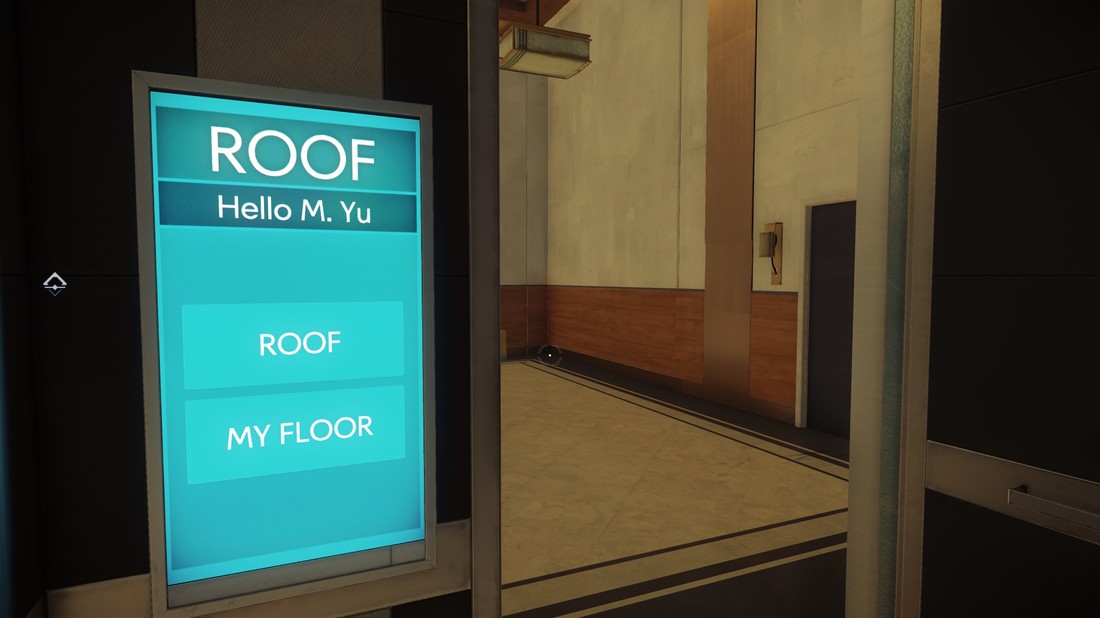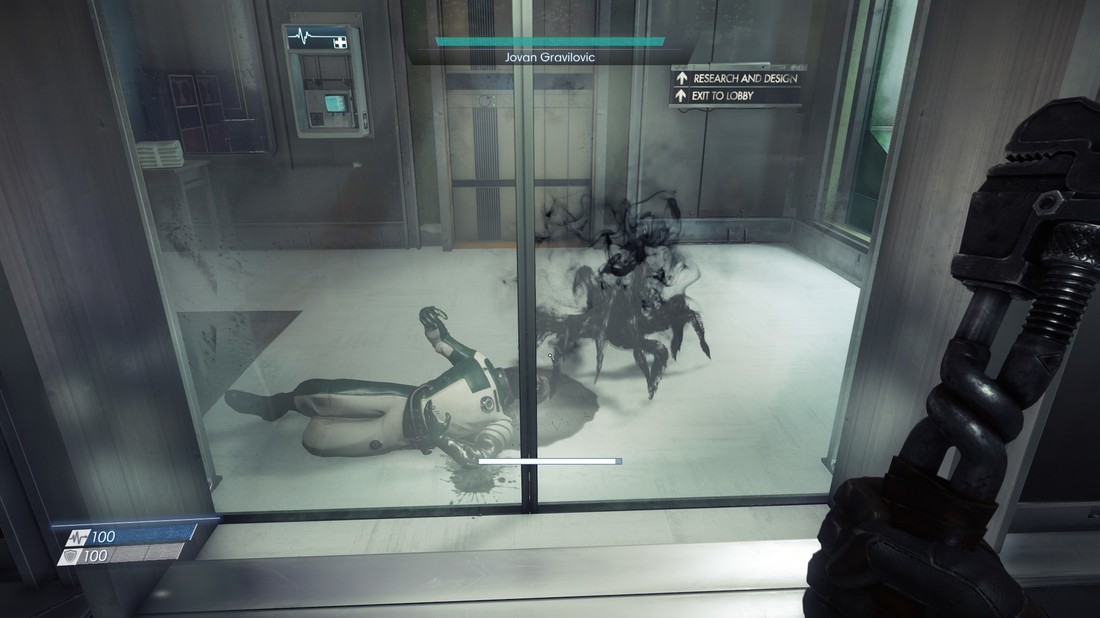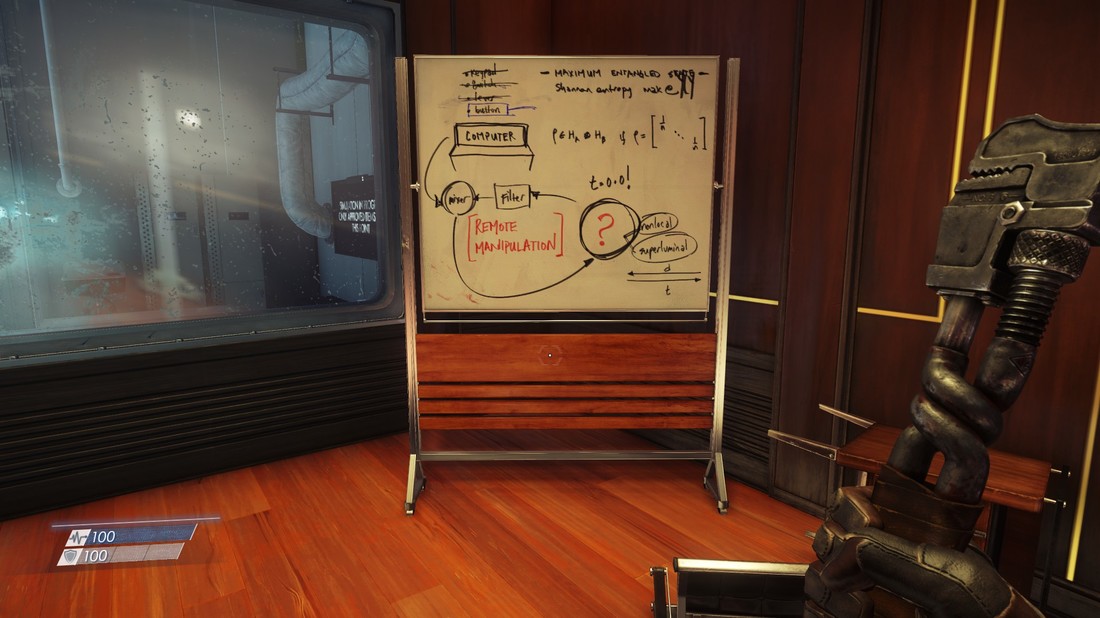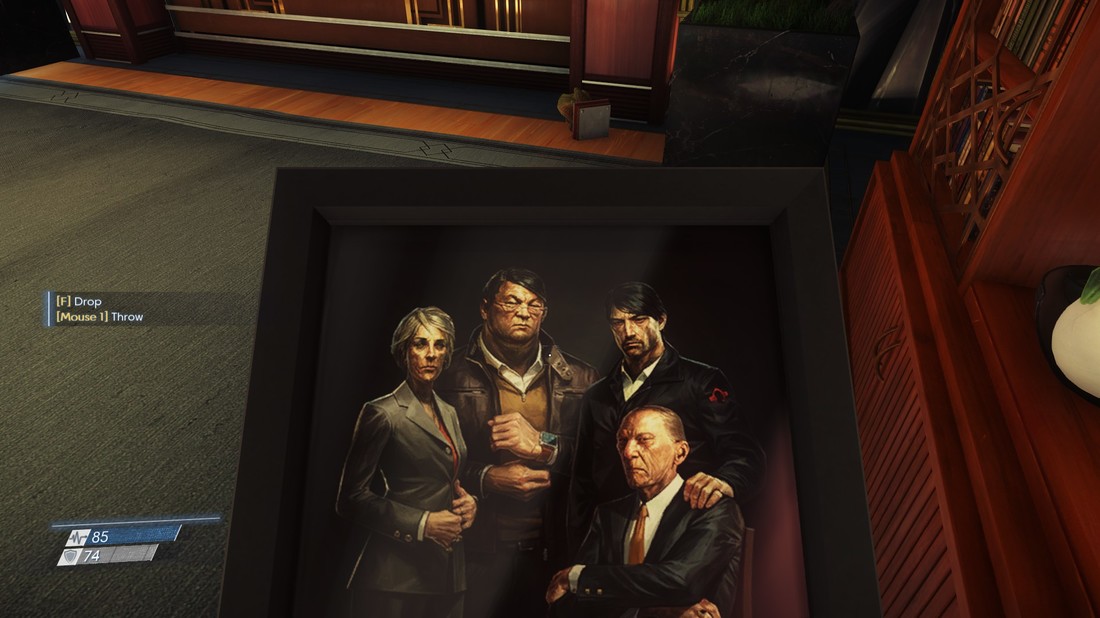- About Us
- Features
- Archive
- Videos
- The Secret success of Elmer Street
- Flying High From Below: LA's Fernando Martin
- Lip Candy
- Wafa Jaffal & her journey in Post Production!
- Guide to making a delicious arepas for your meal by Adolfo Can
- Waterworld
- Khanh's Kitchen
- From Las Vegas to LA
- Lighting the World Around Us: An Interview with Angela Gundelfinger
- Eating Disorder Healthcare: Mishna Erana Hernandez
- Meet Our New Staff!
- Meet Carlos Chavez!
- Meet Nicole Favors
- Meet David Petrosyan
- Meet Brittney Strong
- Meet Kaci Theros
- Meet Katrina Molle
- Hopping into the year of the Rabbit: Alhambra’s Lunar New Year Celebration
- 2023 Solar Decathlon
- Depop: A Circular Fashion Community
- Inside the Afro-Mexican Identity
- Meet Mimi Chao: Magnificent Creator of Mimochai
- Who’ll be the top dog? Let’s check out the annual Corgi Winter Nationals
- The Fine Line That Connects Skincare to Culture: Asian Skincare Routines
- One Of The Key Ways To Protect The Oceans Is To Rethink What We Are Doing On Land
- The Fine Line That Connects Skincare to Culture: Asian Skincare Routines
- Growing Up With a Mixed Family Made Me Confident in Being Afro-Latina
- The Benefits of Shopping At Your Local Farmers’ Market
- Discovering Voice: An Interview With Nicole Favors
- Short Form: New Creative Producing Track At Woodbury University
- Housing Crisis in Los Angeles
- How Minimalism Can Benefit Your Life as a Student
- "Insights from Fashion Marketing Chair and Forecasting Expert Wendy Bendoni on the Evolving Landscape of Fashion Consumption and Sustainability"
- The Gun Violence Issue in America
- From the Court to Console: An Interview With Tim Parham
A New Generation of Survival-Horror
|
The hot smell of dark coffee smacks your nostrils as you enter the lab. You reach for a coffee cup, ready to take a refreshing sip. You notice that the cup is empty. Baffled, you stare at it menacingly, and throw it at the desk. However, the cup strangely seems to avoid the desk. Frustrated, you reach down for the cup, but the cup dissipates upon touching it. As you begin to violently yell at the cup, the cup rolls back towards you. Confused, you reach for it yet again. The handle of the cup converts itself to a black goo and merges with the form of your arm. While screaming aloud you realize all along that this is the world of Prey.
Prey exemplifies a contemporary art-style that pushes the envelope in survival-horror. Specifically, it has juxtaposed elements of human-like features contrasting against sci-fi like features. The art of a video game is roughly 50% of the game experience in a modern AAA title. Everything in the context of the game from sound, environments, and characters all create a cohesive experience that we can call, interactive. Prey is a new title released on May 5th, 2017. It was created in CryEngine 5 by Arkane Studios. The player controls Morgan Yu, the head of research on the Talos I spaceship in the year of 2030. The focus of the research is on the Typhon, an unknown group of organisms that have been discovered through space travel. The player must discover the secrets of Talos I, while trying to survive against the the Typhon. While the game shares the title of an older game of the same name, the game itself shares no similarity in terms of storyline or design. |
Visual Art
|
|
EnvironmentalThe environmental design of Prey is very similar to that of Bioshock in its industrial abandoned world setting. The entire game takes place on Talos I, so the aesthetic conforms to that of an abandoned ship. The game works best from an aesthetic point of view when the player is in large open-halls, lobbies, or complex's. From a design point of view, the larger spaces of the environmental design are negative as the actual horror experienced in smaller enclosed spaces cannot be fully enjoyed due to the fact that the visual aesthetic is primary to the creatures.
|
|
Here is an early-game example of when the game was able to fool the player by using an illusion which signified they were in an open apartment. In reality they were on the ship, which enforces the idea of isolation.
|
All of the environments that showcase the space-bound exploration are generally effective, as it enforces their location and pushes the narrative forward. Also, it makes for some really interesting set pieces that stand out from other sections.
|
The juxtaposition of earth-like elements against space works really well. It's interesting that in these areas (arboretum, greenery etc.) the player feels the safest, because they can connect to the beauty of some of the spaces.
|
|
|
LightingTypically, the color scheme of Prey ranges from a sharp, overly-saturated yellow, to a dim, aqua-lit, space-toned nightmare. The variation works really well, and they use lighting to create natural mapping which avoids UI elements and instead uses the environment to direct the player through the level. If the player wishes to go somewhere safe, they generally use warmer lighting to create association areas for the player. The blue lighting is commonly used in the darker areas and usually exemplifies danger. These contrasting elements help to create an experience that is worthwhile.
|
|
The space section is day-lit, which allows the player to easily navigate the safer portions of the Talos I space deck. Once again, the yellow light comes in to provide safety, but as the player moves into more condensed areas, the lighting becomes more blue. This contrast allows the player to navigate the environment easier and feel a large range of emotions as they move from room to room.
|
Arkane further pushes the association areas with a yellow light over the name of the main character. Sometimes certain details are overlooked, such as the light above the name, Morgan Yu, which lacks a bulb, and instead relies on the spotlight placed below that to simulate light. The lighting itself is placed perfectly onto a surface that uses roughness well.
|
Possibly the biggest issue from an art perspective in this game is the dark sections. While the textures are insanely detailed in nearly all areas, the lighting in the darker areas feels a bit rushed. Some of the sections only have a couple lights, but the developers aren’t very ambitious with their addition of floor lights or other light sources that the player may find on a spaceship of this caliber.
|
|
|
AnimationIt is fairly obvious that the artists over at Arkane Studios jumped right off of Dishonored to work towards this project. The art style is very similar, and so are the animations. Typically, with the exception of the human characters, the animations feel very stretched and wispy. The phantoms, the mimics, and the weavers all create similar patterns and movements which make the creatures feel disjointed and irregular. The general animations of the human characters leave a little to be desired. Having stronger animations would create a more relatable character experience.
|
|
Shown in this photo is a Phantom, one of the few Typhon creatures. Phantoms stretches their arms a great distance and often having moving body parts swimming through the construction of their body layout. The creatures feel creepy and slimy for these reasons.
|
The particle effects and propulsion effects displayed in Prey are often minimal. They are generally exciting, not necessarily because they are breathtaking, but because they are instead a breath of fresh air. They provide strong contrast from the standard lay of the land.
|
Another creature shown here is the Mimic. Mimics move similarly to Phantoms, which allow their movements to be less predictable. They can take the form of any object within the surroundings, so it's important to be able to fool the player through movement.
|
Auditory Art
|
|
MusicIn a survival-horror game like Prey, music may be one of the most essential elements. How your game sounds will determine how the player is able to react to certain situations. Situations without music inherently feel easier than situations with music. This is because the stress is risen when there are sounds that distract the player or become specifically adaptive to the situation. Prey employs this concept right from the get-go with the ominous main menu music that sets the tone of the entire game. The combination of string instruments and 80's synth-waves help to create a frightening science fiction set-piece that actually creates tension throughout the environments.
|
|
Typhon Voices is both an adaptive and ambient music piece. It is used commonly in lobby areas as well as snippets and occasionally while in sneak mode near enemies. This specific piece works well at reminding the player of the unpredictability of the enemies similar to the progression of the chords in the song.
|
Everything is Going to be Okay is a piece showcased at the very beginning of the game. It loses some of the typicality displayed throughout the rest of the score to fool the player into misunderstanding the reality of the game, just like the environment is meant to do a similar action at that point of the game.
|
Neuromods perfectly utilizes the string instruments used in the score to create a melancholic tune. This piece is different than many of the others because it tackles the emotional core of the game and puts it at the forefront of the situation during that specific moment of the game-play period.
|
|
|
Sound DesignThe music and sound of a survival-horror title can often create the true experience of the aesthetics. If the visual art lacks specialty, often the fear can come from the design of the sound. A great example is Silent Hill 2; While the game is outdated, the auditory elements still create a fearful experience. In this case the visual elements are slightly cartoonish, so the game relies a lot on the sound to create the thrilling experience. This is done mostly through the orchestral ambiance. The music is one thing, but the actual sound design is done typically through fictionalized sounds and manufactured audio.
|
|
The types of sounds heard here are all fabricated. What's interesting about Prey, is that since it is set in the near future, there are still restrictions as to how the mechanical objects can sound. The designers are forced to create sounds that are relatable to other sounds so that the player can naturally feel fearful of sounds which are not natural.
|
Prey - All Weapon Sounds |
Story Development
|
|
Visual DevelopmentVisual development is the most essential part of story development for games. While traditional spoken and written narrative is very beneficial to games, the interactive portion comes through the visual development. Learning composition, framing, and storytelling through completely visual elements is key to making a genre title. Prey does this very well. It tells side stories throughout the game that make the player understand the rules and laws of the land. In this picture to the left, the player has learned that Mimics take people over and kill them, simply by a 2 second animation.
|
|
Some of the more impressive visual development comes through the side stories. I can learn from this image that this room was once an area for planning. I know that the people who used this room would write down their ideas onto a board for discussion. It is simple, but it helps the player understand spaces through simple visual cues.
|
While this gem is perhaps less subtle, it gives the player a great indication as to what the character's feelings were prior to the outbreak. You can also learn a lot through the composition of this photo. The sadness that appears in the family members' eyes gives the player a strong hint as to what kind of relationship Morgan has with his brother Alex.
|
This single frame tells me a full story. This girl was in the middle of a game of chess when she was killed. The body parts on the floor also tell me that she was in a fight specifically with a Mimic. I can tell she was sitting on the stool closest to her. She most likely stood up then fell headfirst to her death all shown through a single image.
|
Verdict
Visual Art |
8/10The art is really impressive to look at and takes full advantage of Cry Engine 5. However, some of the lighting, while great from a design perspective, lacks some of the strong detail in the darker parts of the game.
|
|
Auditory Art |
9/10The musical score is one of the best I have heard from a survival-horror title in a long time. It perfectly combines synthetic sounds with contemporary instruments that are very familiar, but it is not instantly recognized that certain instruments are used. The sound outside of that services the game very well, but can become a bit overdone at some points.
|
|
Story Development |
9/10With story being one of the key components of survival horror, Arkane Studios has composed themselves really well. The amount of side stories and important story aspects that are told simply through visual descriptions is immense. While Dishonored may have done it a bit better in some ways, Prey still manages to supersede its predecessor narratively in many ways.
|
|
Overall: |
8.6/10
|
Links |
7500 |
|
